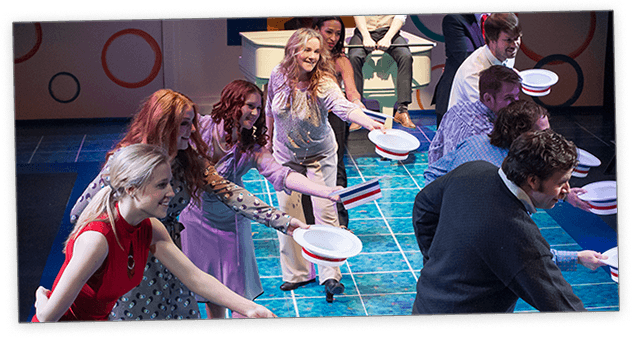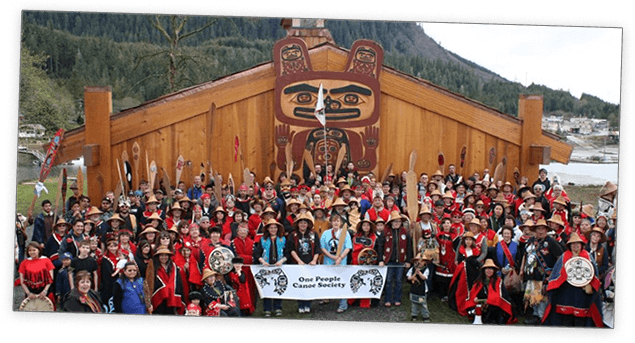We have a longstanding commitment to giving back. That's why the vast majority of money we invest is on behalf of non-profits and schools.
As your company prospers, it’s fighting HIV, funding scholarships and planting sustainable crops. You’re not just building a business; you’re building a better world.
Start


